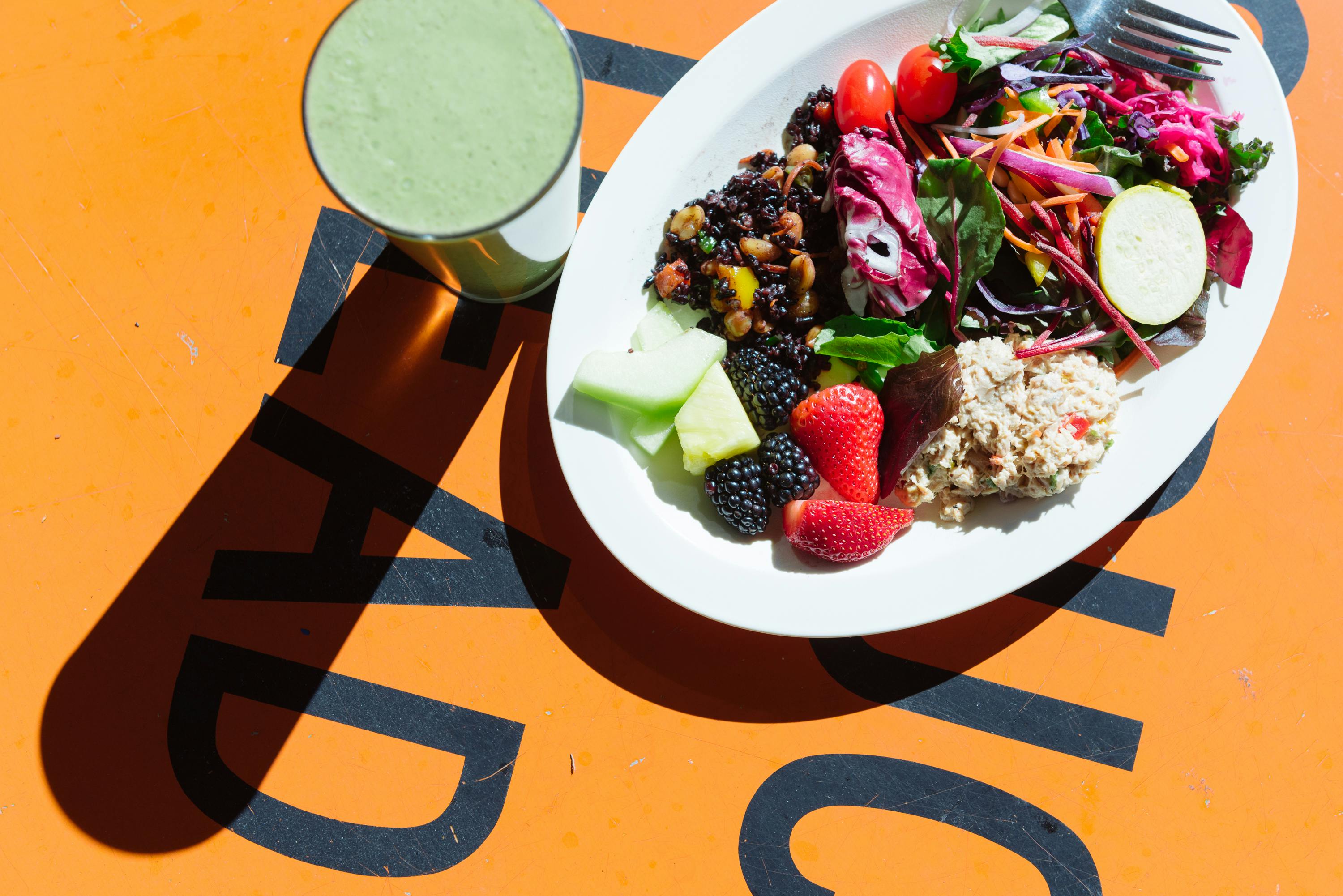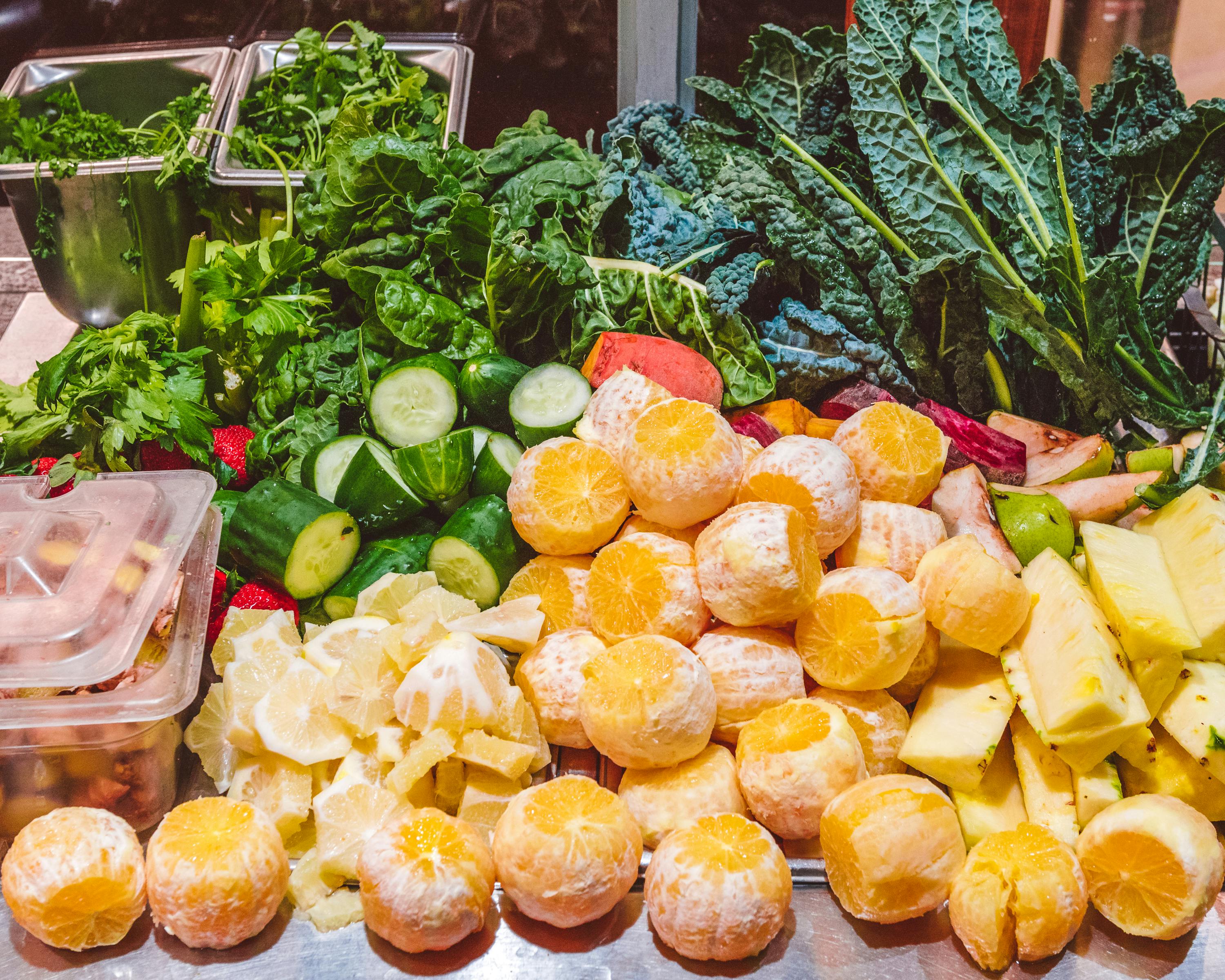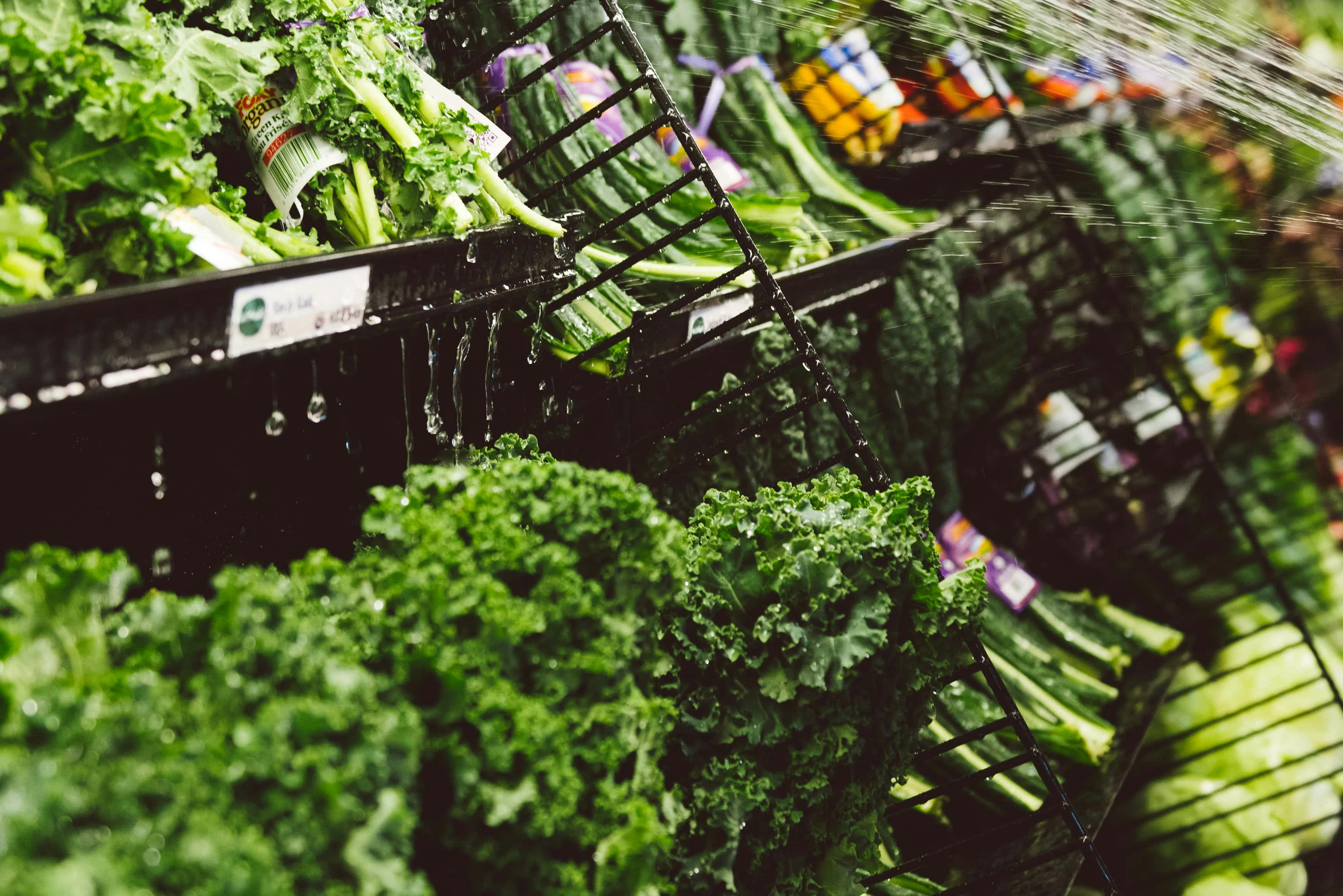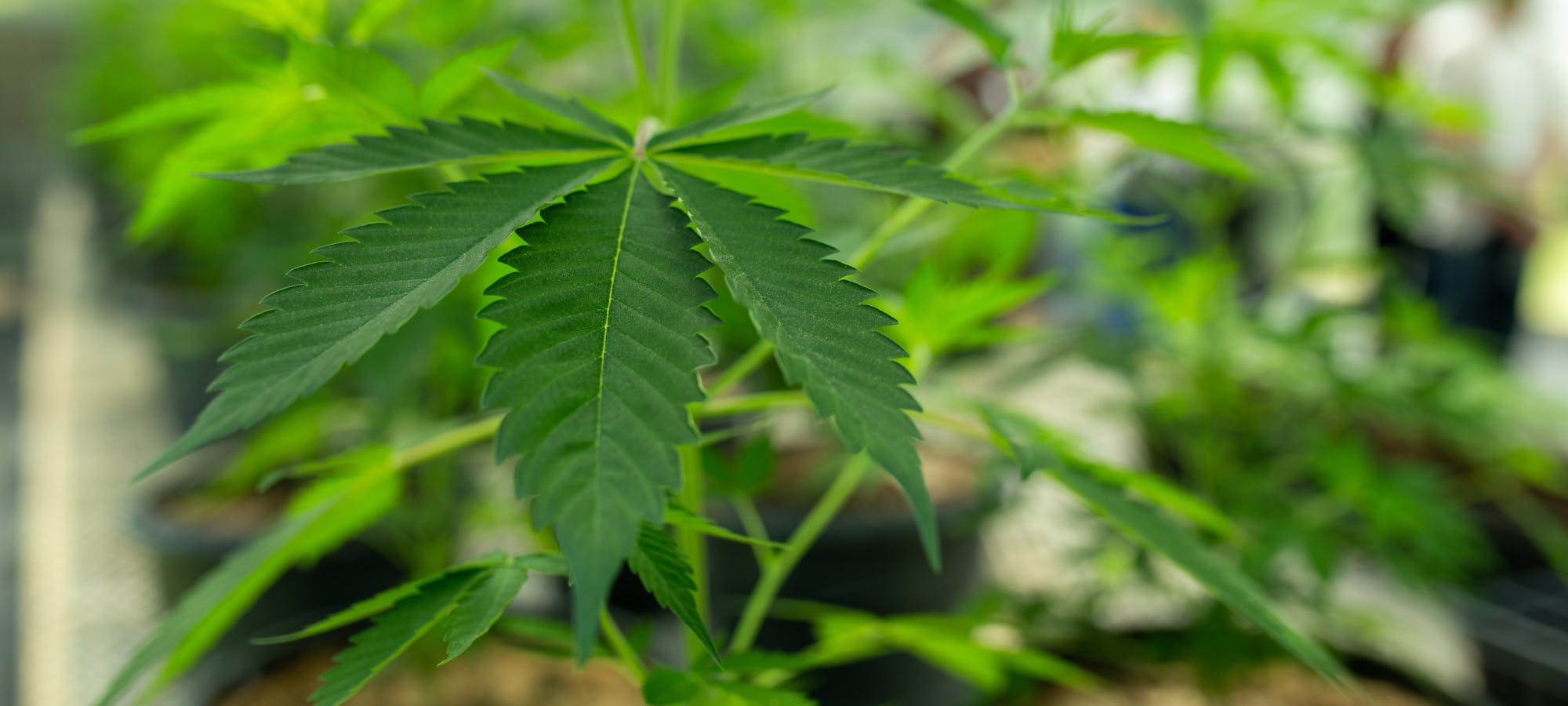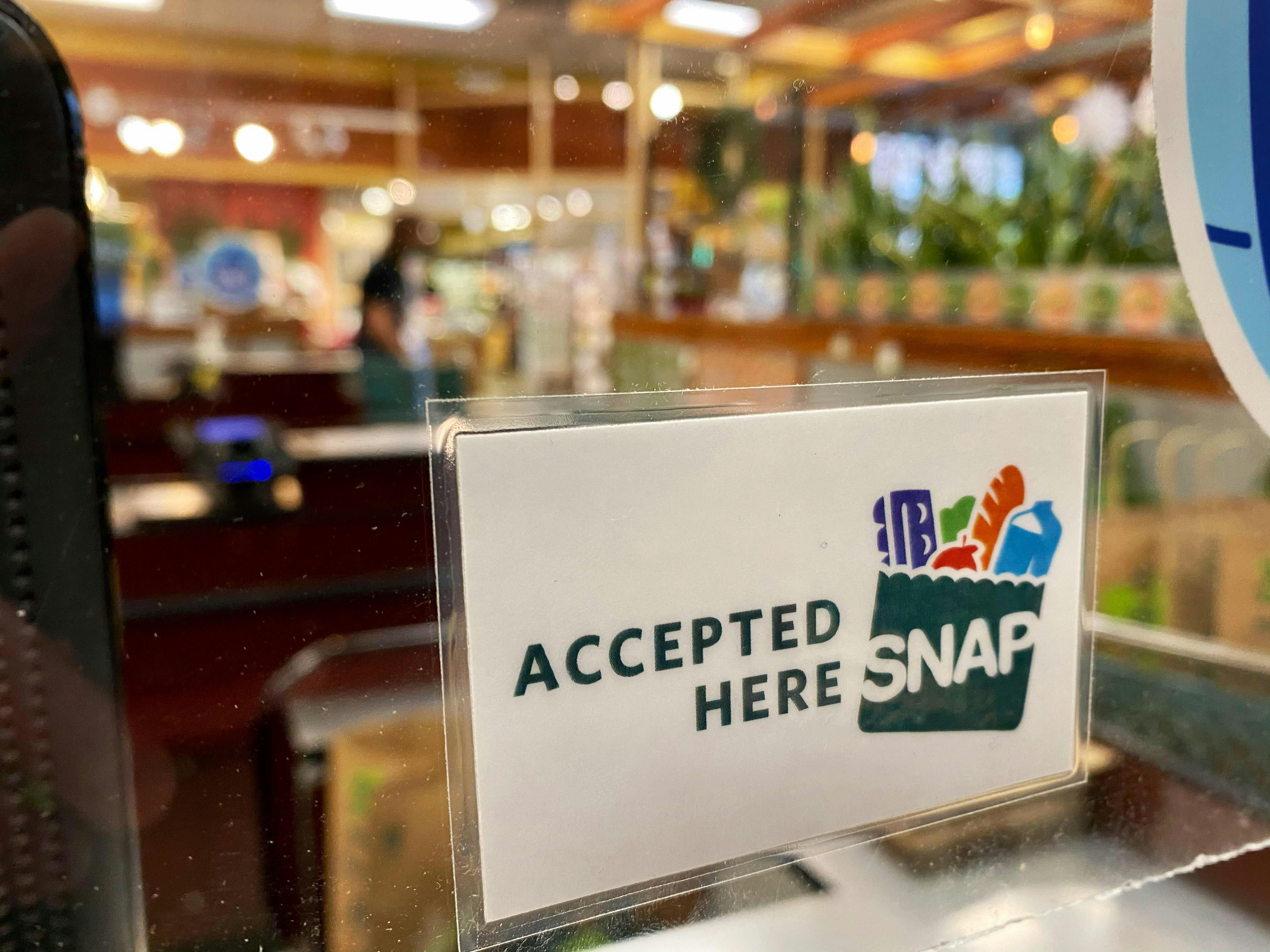Now that Autumn is officially here, slowly but surely our food choices will start to shift into warmer soups and stews and heartier meals, and shy away from those leafy salads, and cold and raw food. Beans and legumes are one of my absolute favorite additions to a cooler weather diet, and have that protein rich, hearty quality to them that sustains a feeling of fullness longer (especially in delicious stews!). They’re also packed with nutrients, have a long shelf life, and are accessible and affordable for almost everyone. However, I cannot stress enough how important preparation is for beans, as they can sometimes be hard to digest if not prepared appropriately. So, here are some basic tips and facts on beans to get to know these little nutrient powerhouses a little better:
Beans (pulses), generally things in the Fabaceae family
Beans are basically seed pods that are split in half
Types:
- Forage legumes like alfalfa , clover, albizia
- Grain legumes: Beans, lentils, peas, lupins, peanuts
What do legumes Contain?
- Protein – in general veggie proteins tend to be a good source of arginine. (which outshoots nitric oxide). Animal proteins are higher sources of lysine.
- Arginine – an essential amino acid, important for blood flow and maintaining nitric oxide levels.
- Fiber – Helping to maintain glycemic index
- Phytosterols – which may help to decrease the risk or heart disease
- Flavonoids (isoflavones) – a wonderful antioxidant and anti-inflammatory compound.
- Folic Acid – important to maintain homocysteine levels
- Magnesium
- Potassium
How to prepare:
- Soak dried beans overnight. This helps to break down difficult to digest compounds that may cause gas and bloating. Rinse beans thoroughly and then cook for an hour or more depending on the bean until very tender.
- Watch out what you combine them with! Beans don’t always “play nicely” with other foods in your digestive tract like cheese, extra starchy foods or full fat dairy products.
- As a general rule, the smaller the bean, the easier to digest than the larger beans. If you’re unaccustomed to eating beans or preparing beans, I suggest starting with red or green lentils or mung beans or mung dahl and graduate the larger beans like black beans or kidney beans.
- When you buy dried beans, keep them in glass jars and away from direct light. They have quite a long shelf life!
Here are some of my favorite bean rich recipes. Enjoy them spiced with herbs like cumin or sage, or in chilies, bean burgers or hearty stews!
